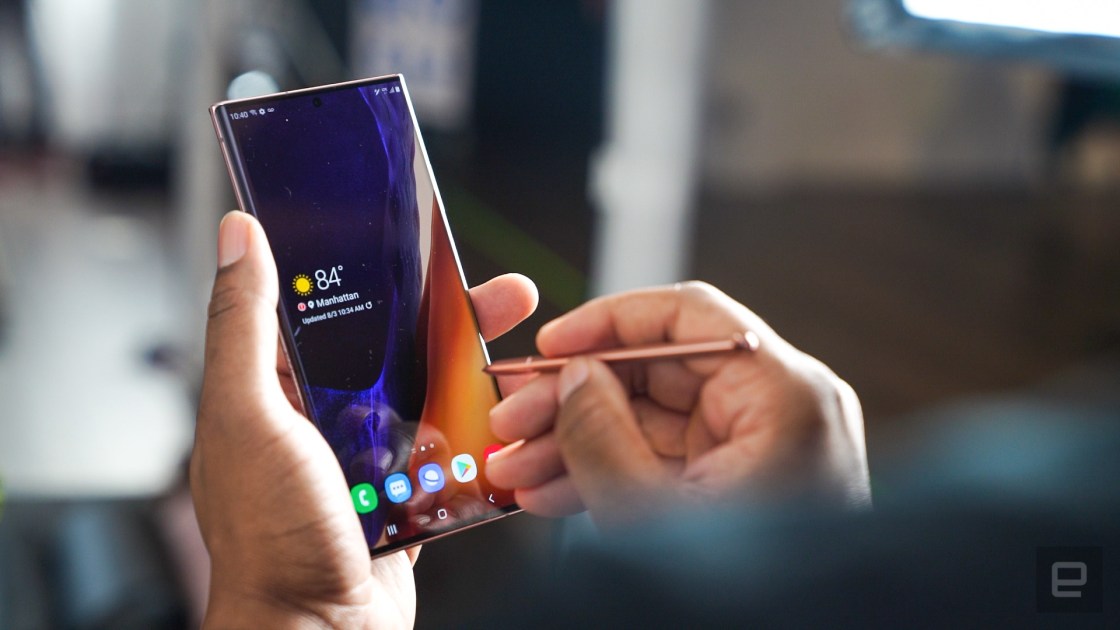This new screen, which first debuts on the Galaxy Note20 Ultra 5G, can reach 120Hz when high rates are required for gaming, drop to 60Hz for video games, 30Hz when messaging or as low as 10Hz when displaying a still image.
At the slowest setting, Samsung claims that it can use just 60 percent of the normally required power, while other monitors cannot adjust without starting to flicker. Samsung Display mobile display scheduling VP Ho-Jung Lee said in a statement “Our custom frequency display technology is expected to significantly improve the user experience by calibrating refresh rates according to the requirements of a specific application and allocating more available power therein. “
Overall, the company claims that its tech can save power by as much as 22 percent compared to other monitors. However, like Anandtech points out, it is not clear how granular the control may be, or if it is limited to the specified settings. We’ve seen adaptive sync technology in monitors and even TVs used to reduce tears, but on these small screens, at least the first implementation is mostly about saving energy.
